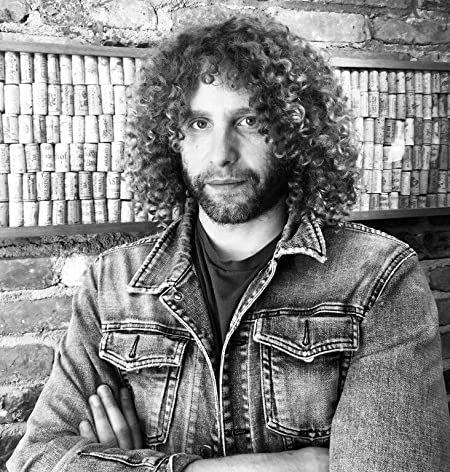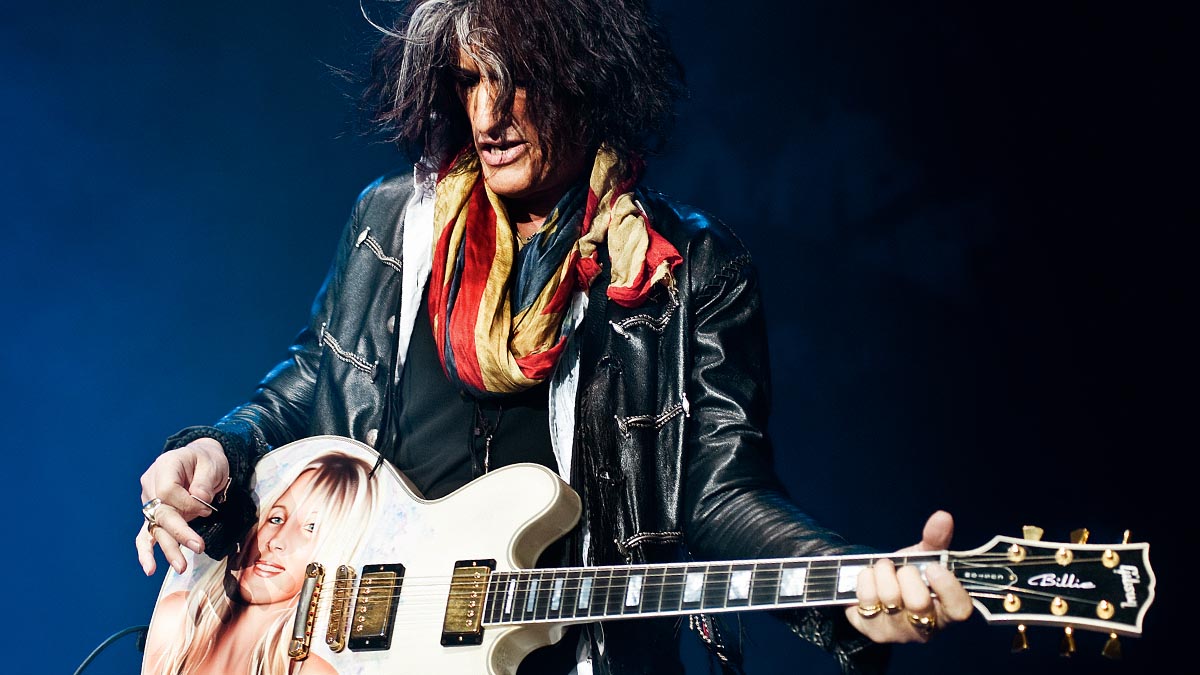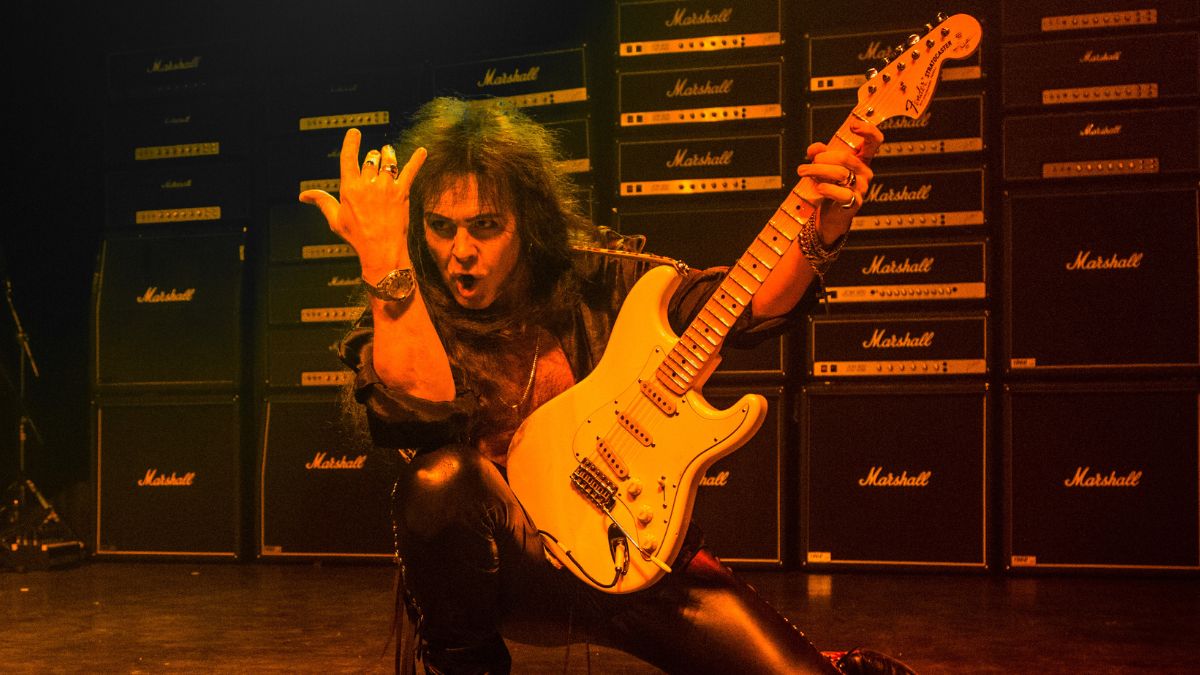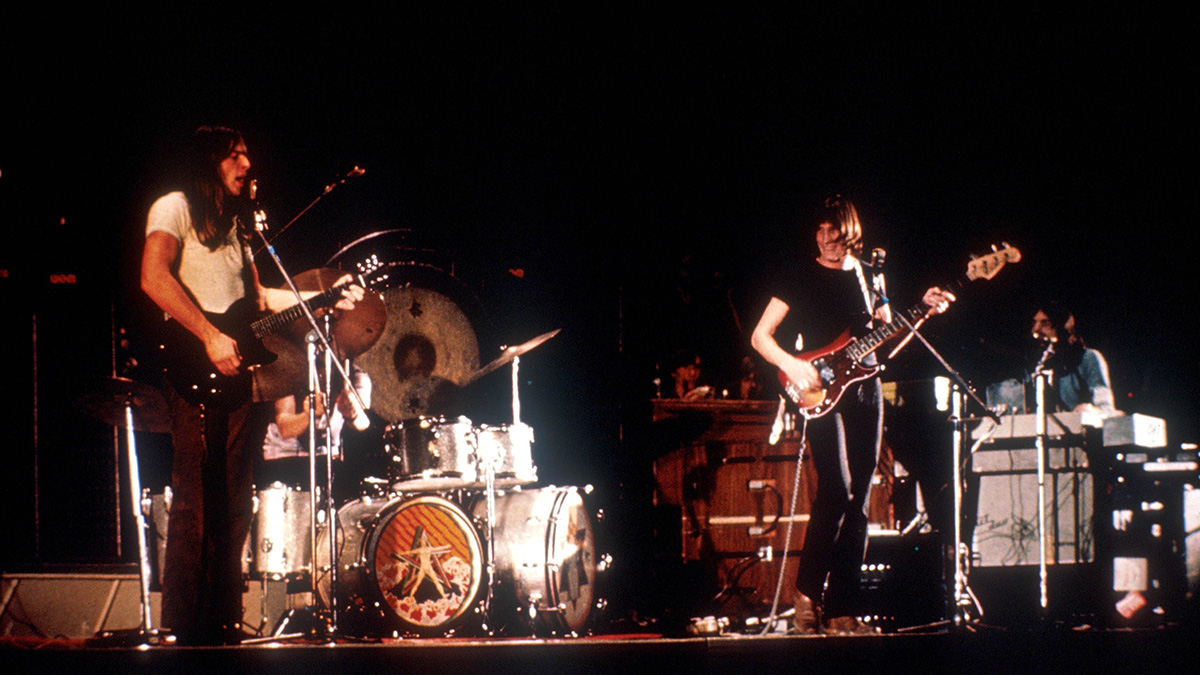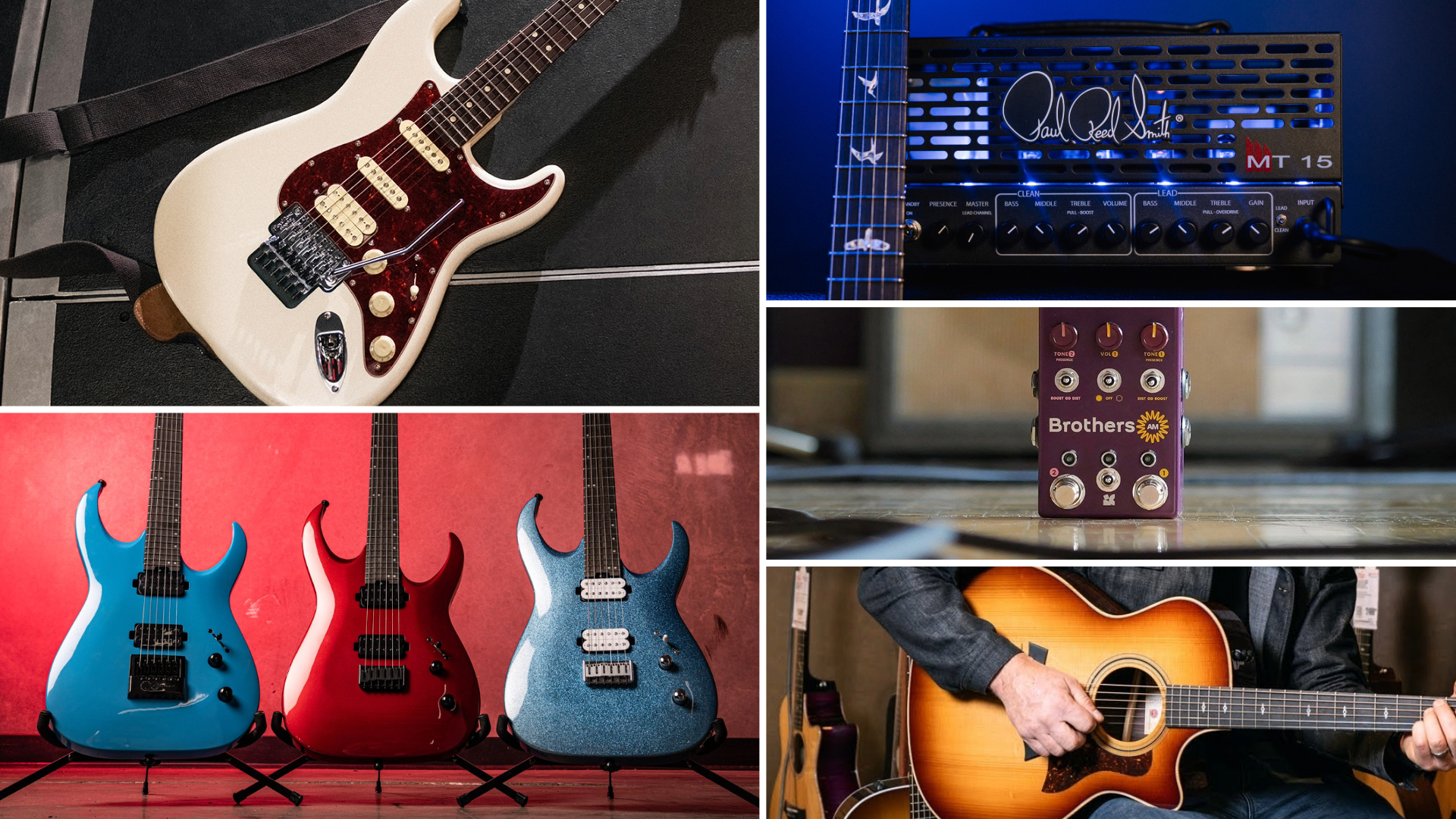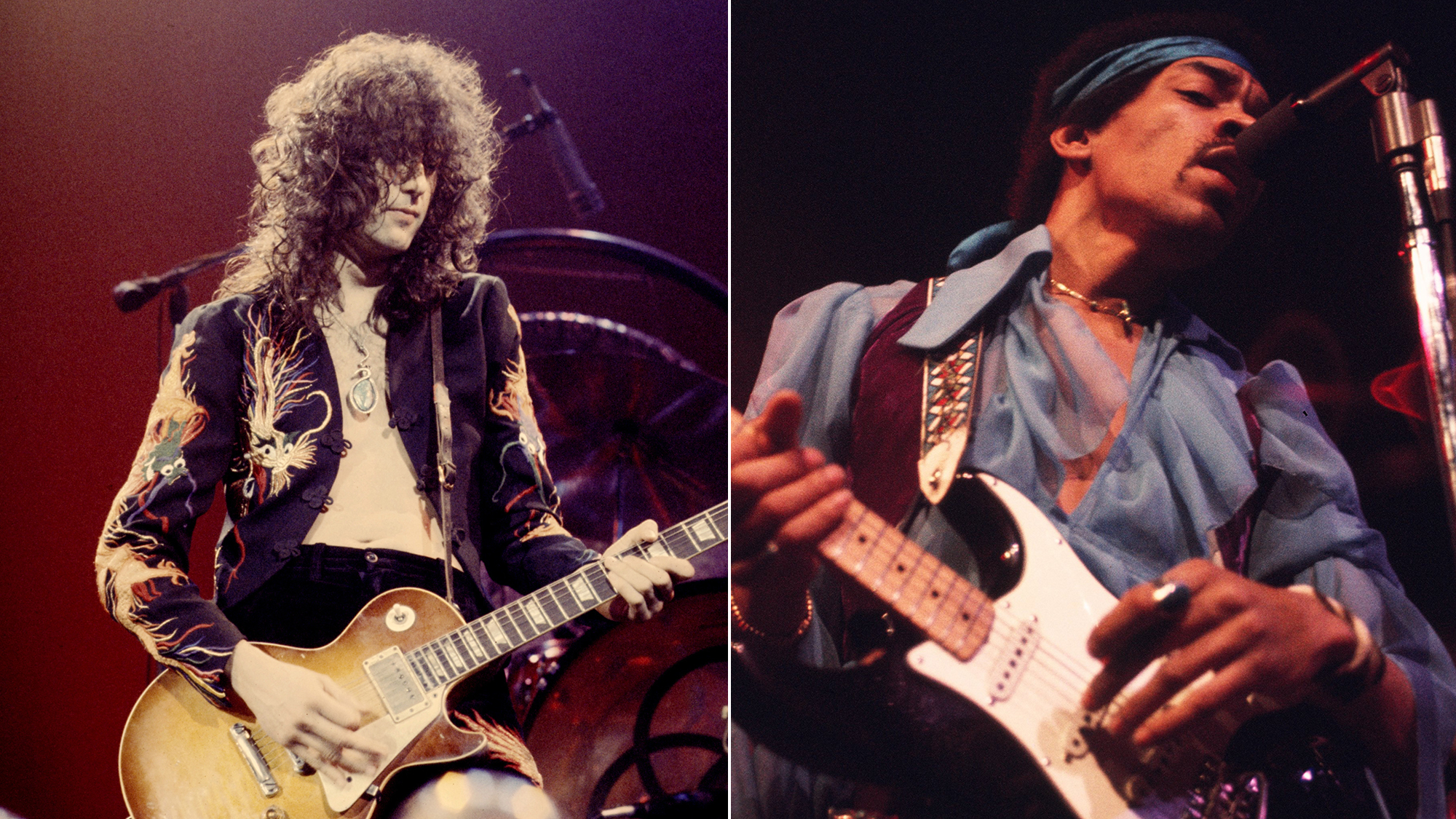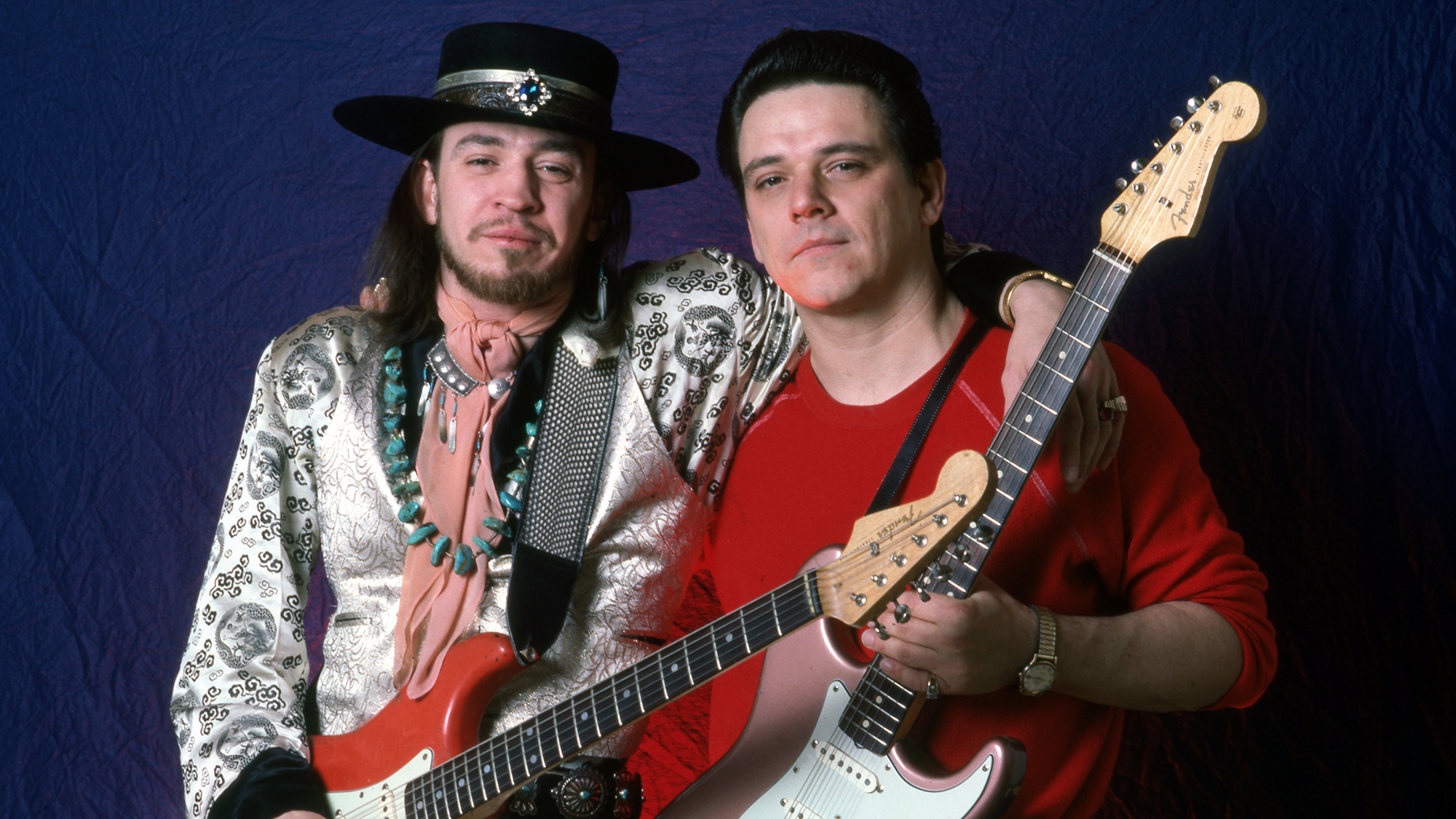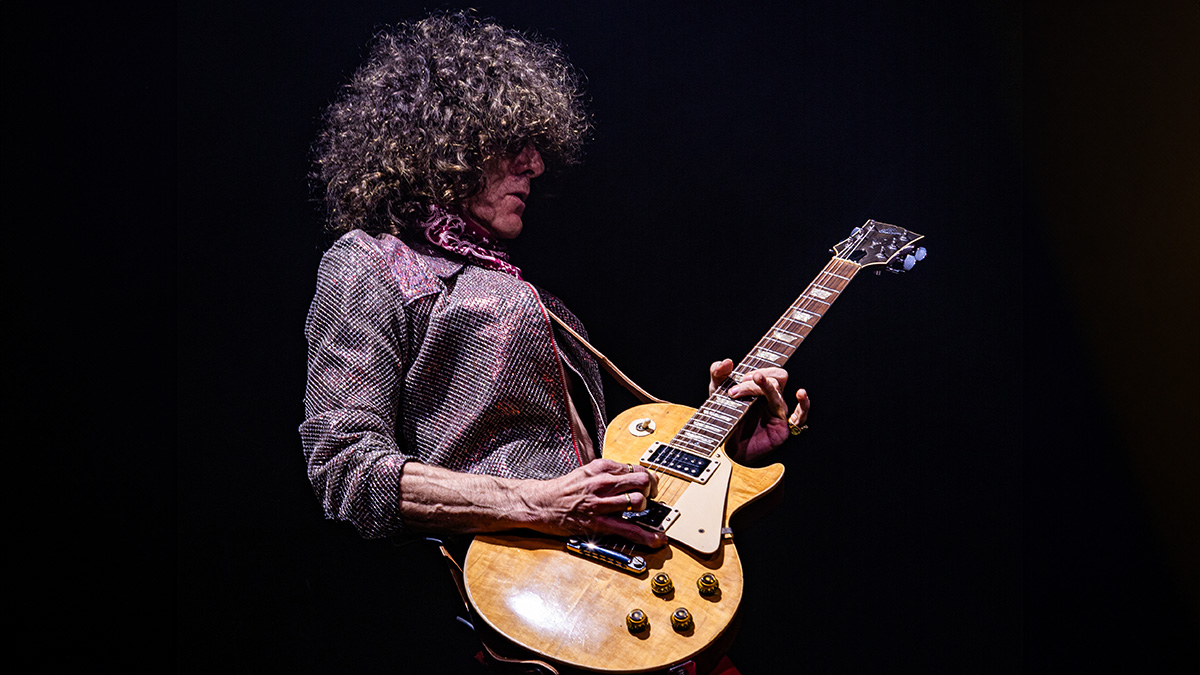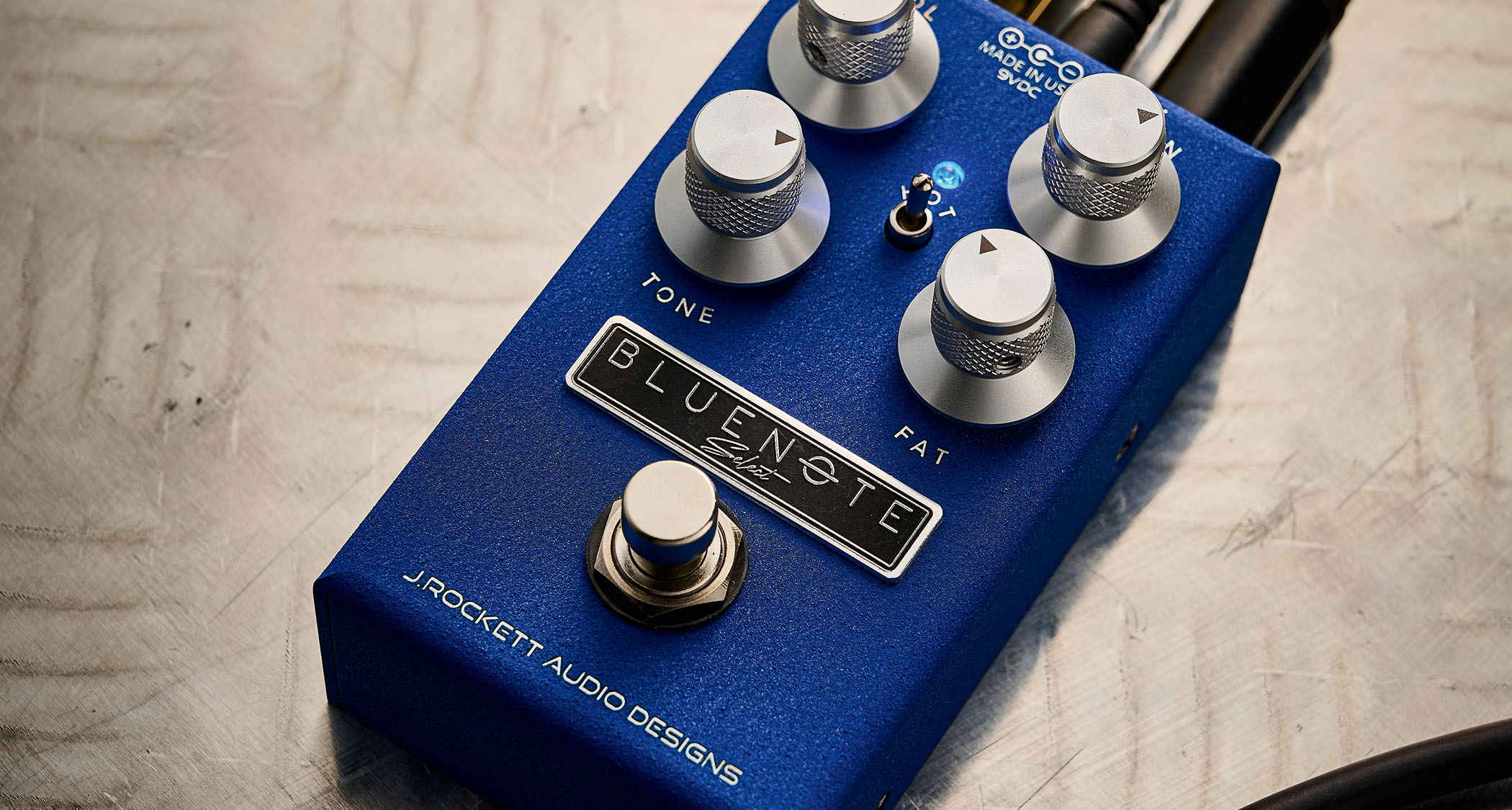Bob Rock recalls the first time he asked Metallica to tune down: "James Hetfield looked like he wanted to kill me"
Rock also talked about "not getting" Enter Sandman in an extensive interview with Gibson TV

Bob Rock sat down with Gibson TV for the company’s Icon series, and among other topics the producer went in depth on his work with Metallica over the years, in particular on their landmark 1991 self-titled album.
Regarding how he introduced the band to the concept of using D-standard tuning on their electric guitars and bass during that time, he said, "On my notepad I'd write the key and the tempo, the chart and the arrangement. And maybe six songs in, I noticed that every song was in E.
"And I just went, 'Why is everything in E?' And James [Hetfield] looked at me like he wanted to kill me and he says, 'It's the lowest note.' And I’m going, ‘Oh.’ ”
Rock continued, "I said, 'So Sabbath de-tunes, and Motley de-tuned to D [on the Rock-produced 1989 album Dr. Feelgood]. Have you ever done that?' 'No.' Well, I said, ‘Just de-tune down to D.'
“So they de-tuned down to D, and the next song was Sad But True, and they just played it once and it was just, like, 'Holy fuck.'
“They started to like me a little bit on that day. Just a little bit. I think they started having lunch with me. You know, we just kind of talked about it, and they knew they wanted to change things up."
While Rock may have been prescient when it came to the idea of having Metallica tune down, he also revealed he had something of a blind spot regarding the album’s breakout smash single, Enter Sandman.
Get The Pick Newsletter
All the latest guitar news, interviews, lessons, reviews, deals and more, direct to your inbox!
“I remember Lars [Ulrich] saying, “Well, Sandman is the single,” Rock said. “And I’m going, ‘What?’
"To me it was like, I didn’t get it yet. Because all the lyrics weren’t there. I was thinking Holier Than Thou, only because that kind of energy was up-tempo and that kind of works for me. What do I know?
“It ended up being Sandman, obviously a good choice.”
For more info on Sad But True's guitar secrets, check out our guide to the gear Hetfield used to record those monster tones.
Rich is the co-author of the best-selling Nöthin' But a Good Time: The Uncensored History of the '80s Hard Rock Explosion. He is also a recording and performing musician, and a former editor of Guitar World magazine and executive editor of Guitar Aficionado magazine. He has authored several additional books, among them Kurt Cobain: Montage of Heck, the companion to the documentary of the same name.
“I always felt like that record could have been better if we had worked on it some more”: Looking for a blockbuster comeback album, Aerosmith turned to Van Halen producer Ted Templeman. For Joe Perry, it served as a learning experience
“It's like saying, ‘Give a man a Les Paul, and he becomes Eric Clapton. It's not true’”: David Gilmour and Roger Waters hit back at criticism of the band's over-reliance on gear and synths when crafting The Dark Side of The Moon in newly unearthed clip
